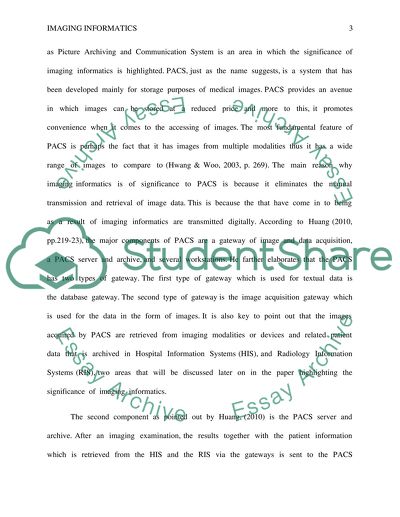Cite this document
(“Imaging informatics Term Paper Example | Topics and Well Written Essays - 3000 words”, n.d.)
Imaging informatics Term Paper Example | Topics and Well Written Essays - 3000 words. Retrieved from https://studentshare.org/information-technology/1403325-imaging-informatics
Imaging informatics Term Paper Example | Topics and Well Written Essays - 3000 words. Retrieved from https://studentshare.org/information-technology/1403325-imaging-informatics
(Imaging Informatics Term Paper Example | Topics and Well Written Essays - 3000 Words)
Imaging Informatics Term Paper Example | Topics and Well Written Essays - 3000 Words. https://studentshare.org/information-technology/1403325-imaging-informatics.
Imaging Informatics Term Paper Example | Topics and Well Written Essays - 3000 Words. https://studentshare.org/information-technology/1403325-imaging-informatics.
“Imaging Informatics Term Paper Example | Topics and Well Written Essays - 3000 Words”, n.d. https://studentshare.org/information-technology/1403325-imaging-informatics.


